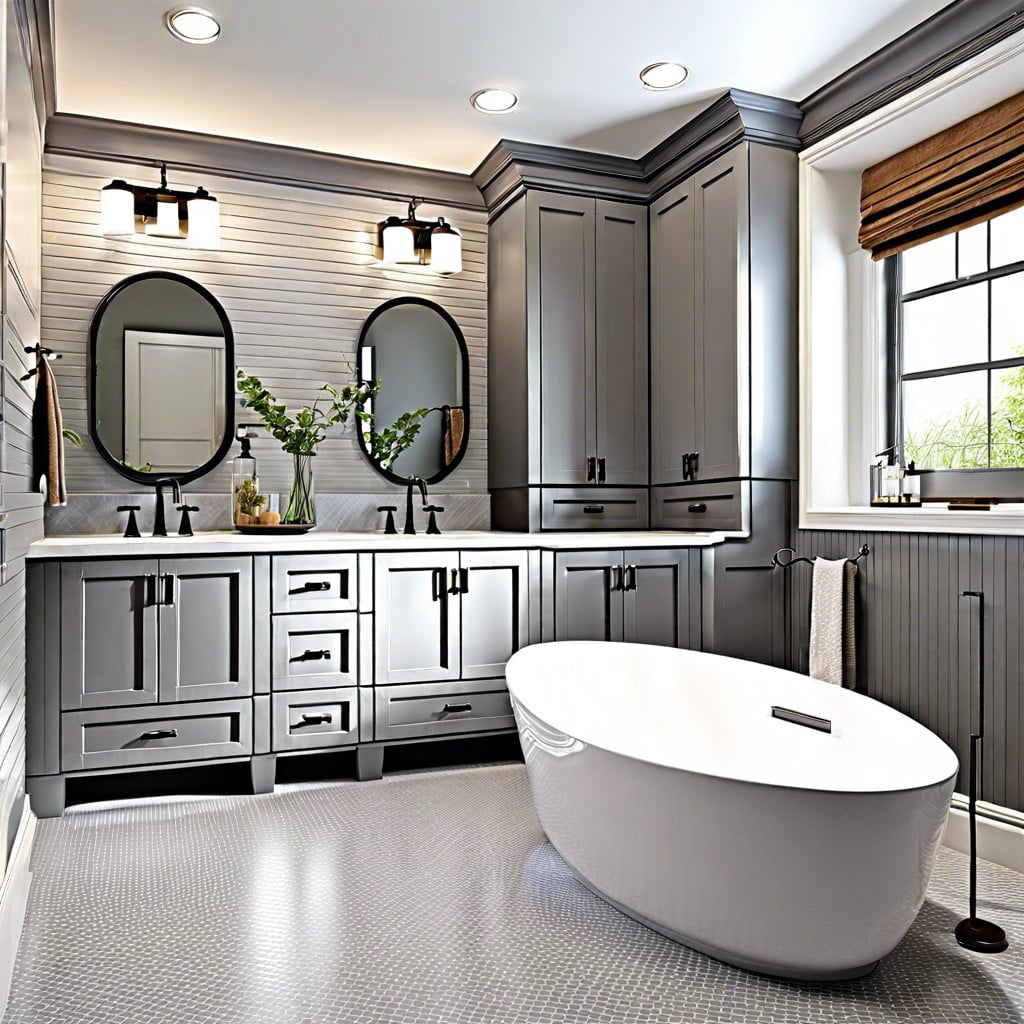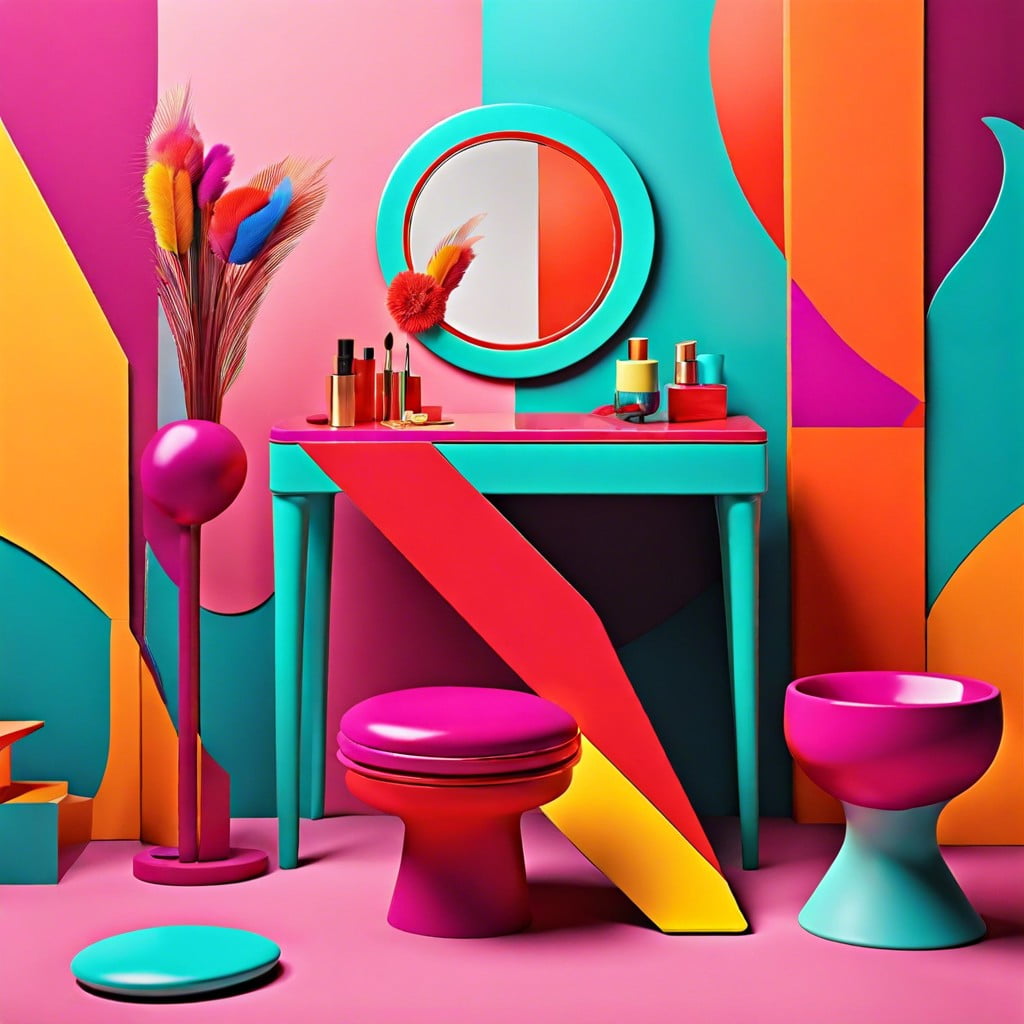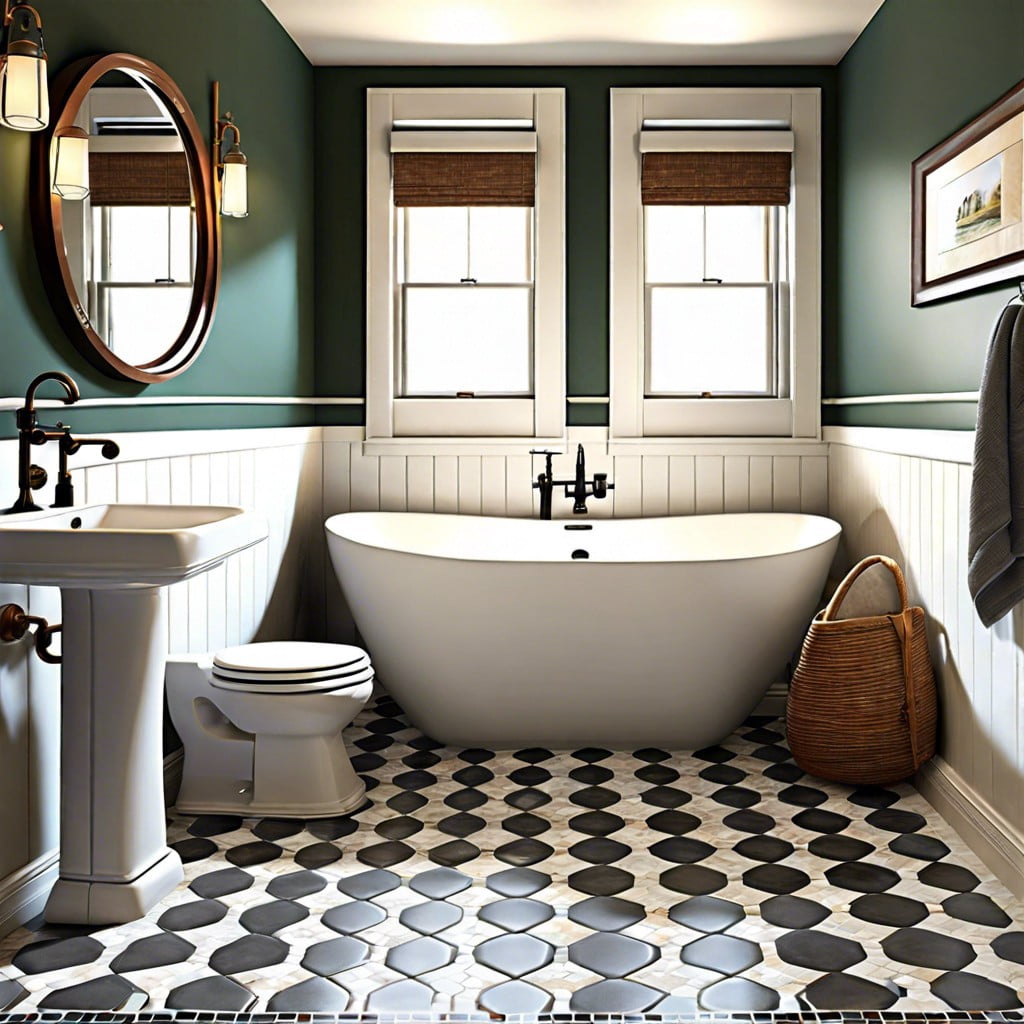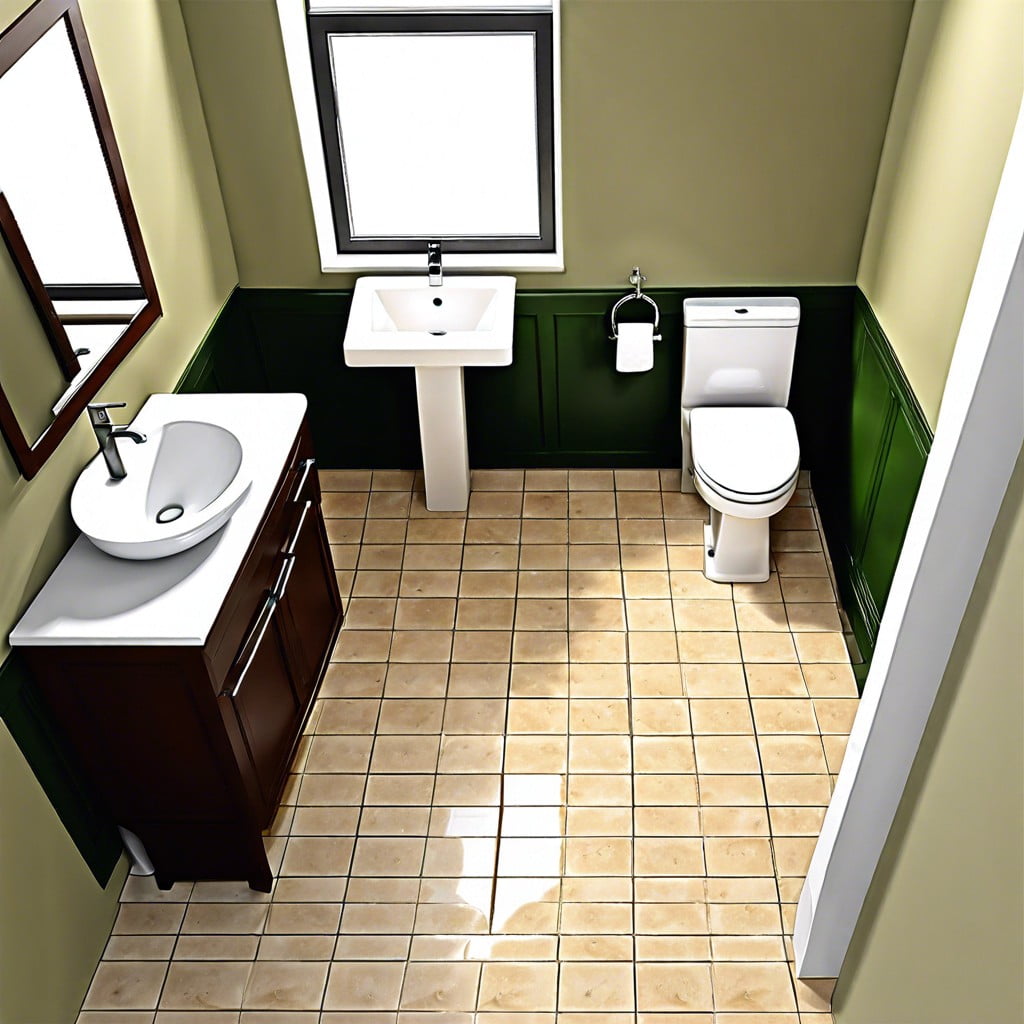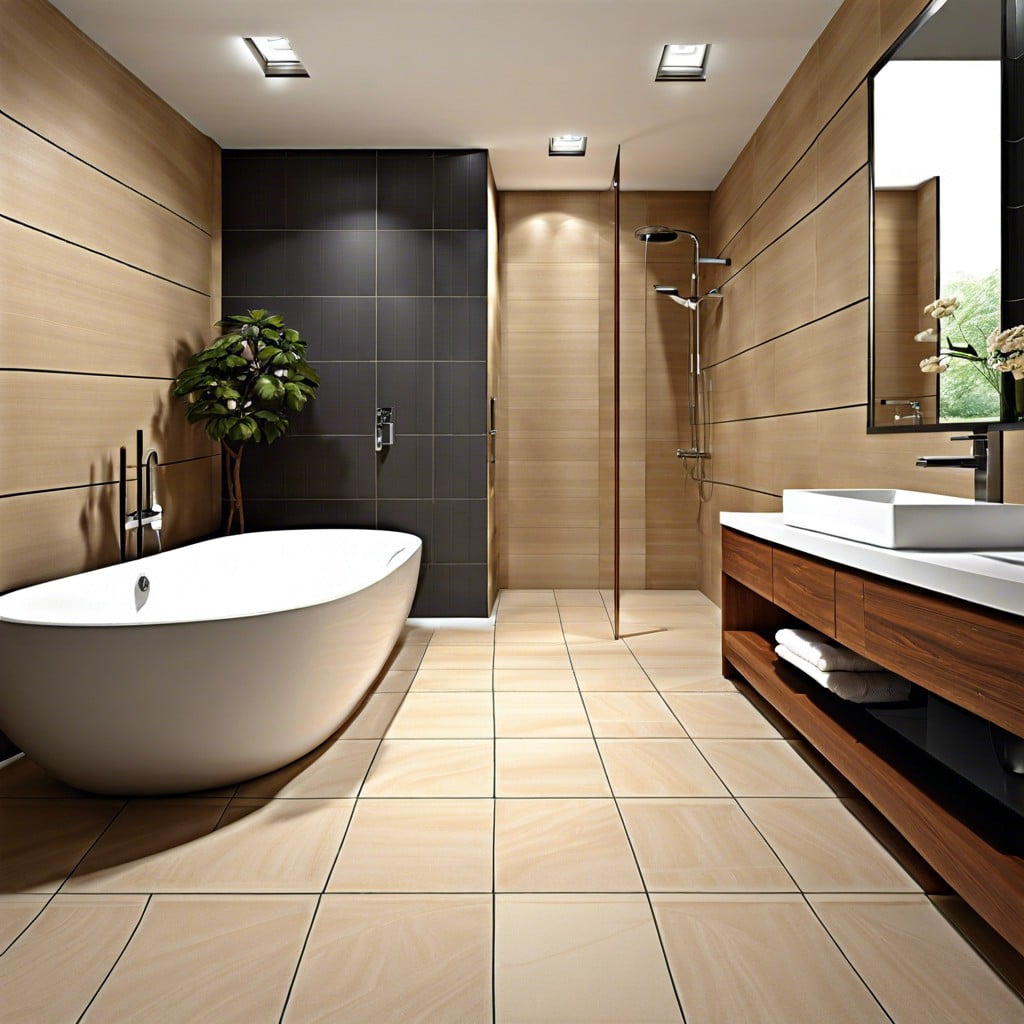Last updated on
In this informative and comparative article, you’ll learn the definitive factors that dictate how a upgraded bathroom can significantly add to the value of your home.
Key takeaways:
- Adding a bathroom can boost property value by 5-10%
- Consider cost vs. value and ROI of bathroom addition
- Smaller improvements can have a significant impact
- Balance cost with potential return when considering upgrades
- Assess market demands, bathroom-to-bedroom ratio, and budget constraints
What to Consider Before Adding a Bathroom
Adding a bathroom is a strategic move in home improvement that demands attention to detail and thoughtful planning. Evaluate your current plumbing infrastructure; retrofitting a space close to existing pipes can be a cost-effective strategy.
Consider the size and layout of your home – an additional bathroom should complement the existing floor plan without compromising the flow of the house. Additionally, the intended use of the bathroom (guest, family, master ensuite) will dictate its design and features.
Always research local building codes and permits; non-compliance can be a costly mistake. Lastly, reflect on your neighborhood’s housing market because an overinvestment on a bathroom in certain areas might not yield the expected return. Prioritizing practicality and coherence with the rest of the home could make all the difference.
What’s the Average Added Value of a Bathroom?
Quantifying the value increase of a home by adding a bathroom can be tricky as it varies by location, current market trends, and the existing number of bathrooms. Yet, appraisers suggest that an additional bathroom can boost property value by approximately 5% to 10%. This translates to a considerable dollar amount, given that the median home value in the United States hovers around $300,000.
Another point to consider is cost vs. value; while the addition might increase your home’s value, it’s vital to ensure that the cost of installation doesn’t surpass the projected increase in property value. Generally, a midrange bathroom addition might cost around $50,000, with a return on investment (ROI) near 54%. Meanwhile, an upscale addition could reach $100,000 with a slightly lower ROI.
It is worth mentioning that smaller improvements can also make a significant impact. A new bathroom can sometimes be subject to diminishing returns, especially if the home goes from having more than enough bathrooms to one more. The first additional bathroom is a game-changer; subsequent ones, less so.
These figures aren’t static; they’re influenced by factors such as regional preferences, homebuyer demands, and the calibre of the materials used. Savvy homeowners should analyze these aspects carefully before making a decision.
Additional Bathroom Upgrades and Costs
When considering upgrades, it’s crucial to balance cost with potential return. High-end fixtures or luxury materials can escalate expenses rapidly with diminishing returns. For instance, a rainfall shower head might seem appealing, but will it equate to increased property value? Possibly not. Similarly, heated flooring is a luxury that may not pay off in warmer climates. The adage “less is more” resonates strongly here—functional, stylish, and mid-range updates often yield the most financially prudent path.
In terms of cost specifics, here’s what to factor in:
- Vanities and countertops: While marble may exude elegance, a solid surface or a quartz countertop can offer durability and style without the steep price tag.
- Tiles: Go for classic, neutral designs that appeal to a broader market rather than personal taste; this ensures longevity in style and appeal.
- Lighting: LED fixtures are energy-efficient and cost-effective over time, while also offering a modern look.
- Plumbing: Consider the implications of re-routing plumbing for new fixtures—sticking with the existing layout can curb costs significantly.
- Eco-friendly features: Low-flow toilets and water-saving shower heads can attract eco-conscious buyers without a major investment.
It is all about identifying those enhancements that will resonate most with buyers without outpacing the value of similar homes in the neighborhood.
Is a New Bathroom the Right Investment?
Determining whether investing in a bathroom renovation will yield a profitable return necessitates balancing several factors. Firstly, the current state of the real estate market can play a pivotal role. In a seller’s market, even minimal updates may significantly boost property appeal and value.
Additionally, it’s essential to evaluate the existing bathroom-to-bedroom ratio in your home. Homes with a disproportionate number can benefit more from an additional bathroom, improving functionality and attracting buyers with the promise of convenience.
Furthermore, buyer expectations in your area should be considered. In upscale neighborhoods, high-end bathroom finishes could be de rigueur, making your investment not just necessary but expected for maintaining competitive edge.
Lastly, the cost versus value ratio should be a cornerstone of the decision-making process. Over-investment in an extravagant bathroom could outpace the potential increase in property value, while under-investing might lead to underwhelming impact on market perception. Assess your budget constraints and the long-term financial prospects before taking the plunge.
Tips for Adding Bathrooms to Sell a House
Maximize existing space to avoid a cramped layout; nobody likes feeling squeezed in during their private time. Opt for a three-quarter bath in smaller homes where a full bath might be too ambitious. It’s all about balance.
Invest in timeless fixtures rather than trendy ones. They ensure your bathroom stays relevant and appealing to buyers of various tastes over time, increasing the likelihood of a sale.
Consider the needs of your target demographic. Are you selling to families? Ensure it’s kid-friendly. Young professionals? They might appreciate a sleek, modern design. Tailor the space accordingly.
Make sure the new bathroom blends seamlessly with the rest of the house. A consistent design language avoids the jarring effect of a bathroom that looks like an afterthought.
Lastly, a pristine finish is non-negotiable. The meticulousness of the finish will be perceived as a reflection of the care given to the rest of the home.
Remember, a thoughtful addition can be the deciding factor in a buyer’s mind.
FAQ
How much does a bathroom add to home value?
Adding a half bathroom can enhance your home’s value by approximately 10.5%, while a full bathroom addition can amplify its worth by a significant 20%.
How much value does an extra bathroom give?
An extra bathroom can potentially increase a home’s value by 4-5%, although this could vary based on the quality of design and construction.
Is it worth adding a bathroom?
The strategic addition of a bathroom in a home represents a favorable investment given its potential to significantly boost the property’s overall value.
Is it worth Remodeling a bathroom before selling?
In my opinion, remodeling a bathroom before selling can indeed be a worthwhile investment as it can potentially raise the home’s perceived value and attract potential buyers.
Does a luxury bathroom significantly increase a property’s worth?
A luxury bathroom significantly increases a property’s worth due to its high-end features and appealing aesthetics.
What kind of bathroom renovations yield the highest ROI?
The bathroom renovations that often yield the highest return on investment (ROI) are simple upgrades such as refreshing paint, replacing outdated fixtures, and improving lighting.
In terms of property value, is a half bath as beneficial as a full one?
While a full bathroom significantly increases a property’s value more than a half bath, the latter still adds notable value, particularly in homes where bathrooms are limited.
Recap
